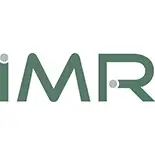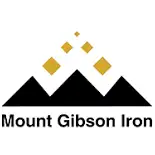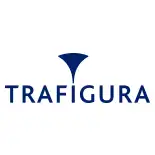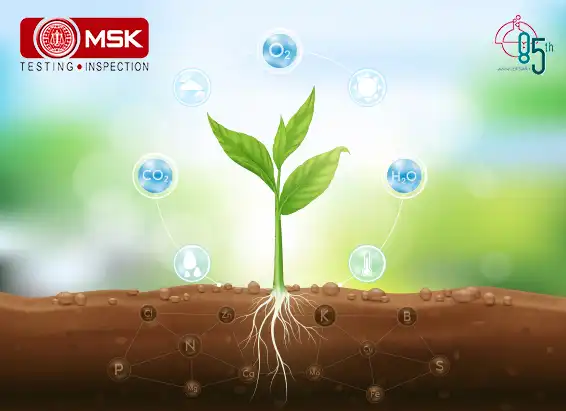
ABSTRACT
Proline is the predominant free amino acid of honey and it is a criterion for estimating the quality and the antioxidant activity of the honey. Proline is essential to evaluate the conformity of honey to the current legislation. Proline content has been used as the indicator of honey ripeness and sugar adulteration when it falls below a value of 180 mg/kg (as per Food Safety Standard Authority of India). The aim of this study is to estimate proline content in different marketed brands of honey samples by using High Performance Liquid Chromatography after pre-column derivatisation.
KEYWORDSProline, Honey, Chromatography, HPLC.
INTRODUCTION
Honey is a sweet natural product produced by honeybees (Apis mellifera), which gather nectar from flowers before converting it to nutritious food. Honey is considered both nutritional and medicinal, although the presence of certain constituents, for example, heavy metals (even in trace amounts), some alkaloids, and HMF and its derivatives may contribute to honey’s toxicity. Proline is a dominant amino acid that contributes to the antioxidant properties of honey. Proline content has been used as the indicator of honey ripeness and sugar adulteration when it falls below a value of 180 mg/kg. It is readily available to honeybees from pollen. Honeybees equalize osmotic pressure and thus facilitate the transfer of enzymes from the hypopharyngeal glands to raw nectar. The proline in honey would thus result from this transfer of a small volume of enzyme solution containing a high concentration of proline. In sugar adulterated honeys several parameters such as proline and HMF content, electrical conductivity and enzyme activities are lowered. The proline was suggested as quality criterion for honey with respect to sugar adulteration.
According to Codex Alimentarius and European Union the proline content of a good quality and acceptable honey is 180 mg kg-1 honey. The regulatory body of India, FSSAI (the Food Safety Standard Authority of India) has revised honey standards to strengthen quality and fixed a proline content not less than 180 mg kg-1.
Theninhydrin reaction, one of the most important method of detecting amino acids, both technically and historically, has been conventionally used to detect their microgram amounts. When amino acids with a free alpha amino groups are treated with an excess of ninhydrin, they yield a purple colored product. Ninhydrin reacts not only with Proline but also with other free amino acids and ammonia nitrogen. So Proline cannot be detected or quantified individually (nonspecific method for Proline estimation).
So, the present study is designed to estimate the proline content in different marketed honey samples using High performance liquid chromatographic method and to compare the variations of results among them.
MATERIALS AND METHODS
Chemicals and reagents: Amino acids standards were procured from Merck India. Hydrochloric acid, Acetonitrile, Methanol, FMOC (9-Fluorenylmethylchloroformate), Borate buffer were also procured from Merck India and were of GR grade.
Method for determination of Proline: 0.5 grams of honey were dissolved in 1 ml borate buffer and ultra-sonicated for 10 minutes. Then it was filtered through Whatmann No 1 filter paper in 250mL volumetric flask and the volume was made up with distilled water. In 50 μL filtrate, FMOC and borate buffer was added and Incubated at 60 °C for 30minutes. The solution was filtered and injected to HPLC.
|
FMOC |
|
Derivatized Compound |
Calculation and Expression of results:
Concentration from software (mg/kg) x250x20
Proline in mg/kg = ----------------------------------------------------------------
Weight of honey in grams
RESULTS AND DISCUSSION
Estimation of Proline Content in Honey:
Proline content of different brands of honey samples was estimated by chromatographic method. As shown in Table 1. Proline contents were varied. This phenomenon might be attributed to the varied processing techniques and ageing in these honey samples. The analyses were carried out in triplicates.
Table 1: Result of Proline content
|
Samples |
Results in mg/kg |
|
Brand 1 |
180 |
|
Brand 2 |
210 |
|
Brand 3 |
220 |
|
Brand 4 |
310 |
|
Brand 5 |
290 |
HMF Content in Honey (in mg/kg)
|
Calibration curve for Proline |
|
Chromatogram of sample |
CONCLUSION:
This study dealt with chromatographic method for the estimation of Proline content of honey. The method applied in the study allowed to achieve excellent recovery of the analyte. Average recovery was 95.80 % in the method. The values of percent recovery indicate that the tested method is suitable for determination of Proline content in honey. The Proline content was determined in 5 different brands of honey samples. None of the honey samples showed HMF value less than 180 mg/kg as stipulated by FSSAI. The above indicates that commercially available honey is characterized by satisfactory quality in terms of Proline content. The developed method issimple, accurate, and precise and could be easily incorporated in routine analysis of Honey to meet the requirement of regulatory authorities.
Contributed by: Rituparna Mukherjee


Chief Operation, FAMD, Tata Steel Limited..


Sr. General Manager,, Emirates Trading Agency L.L.C..


Mines Manager, Hindustan Zinc Limited, a Vedanta Company.


General Manager, Stevin Rock L.L.C..


Executive Vice President (Works),, DCW Limited.


AVP – Coal Quality & Sales Compliance Head,, PT Indo Tambangraya Megah Tbk (BANPU).

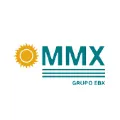
Laboratory Head, MMX.

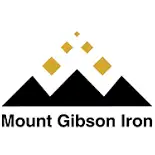
Shipping Administrator, Mount Gibson Iron Limited.

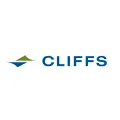
Senior Director – Asia Pacific Iron Ore Sales,, Cliffs Natural Resources Pty Ltd..


Member, Compass Group (India) Pvt. Ltd.
![Estimating Cobalt by UV-Vis Spectroscopy: The [CoCl?]²? Acetone Method](https://mitrask.com/uploads/blogs/1764834098Estimating%20Cobalt.png)
Posted on December 04 2025 By Mitra S.K ADMIN
Read MorePosted on December 04 2025 By Mitra S.K ADMIN
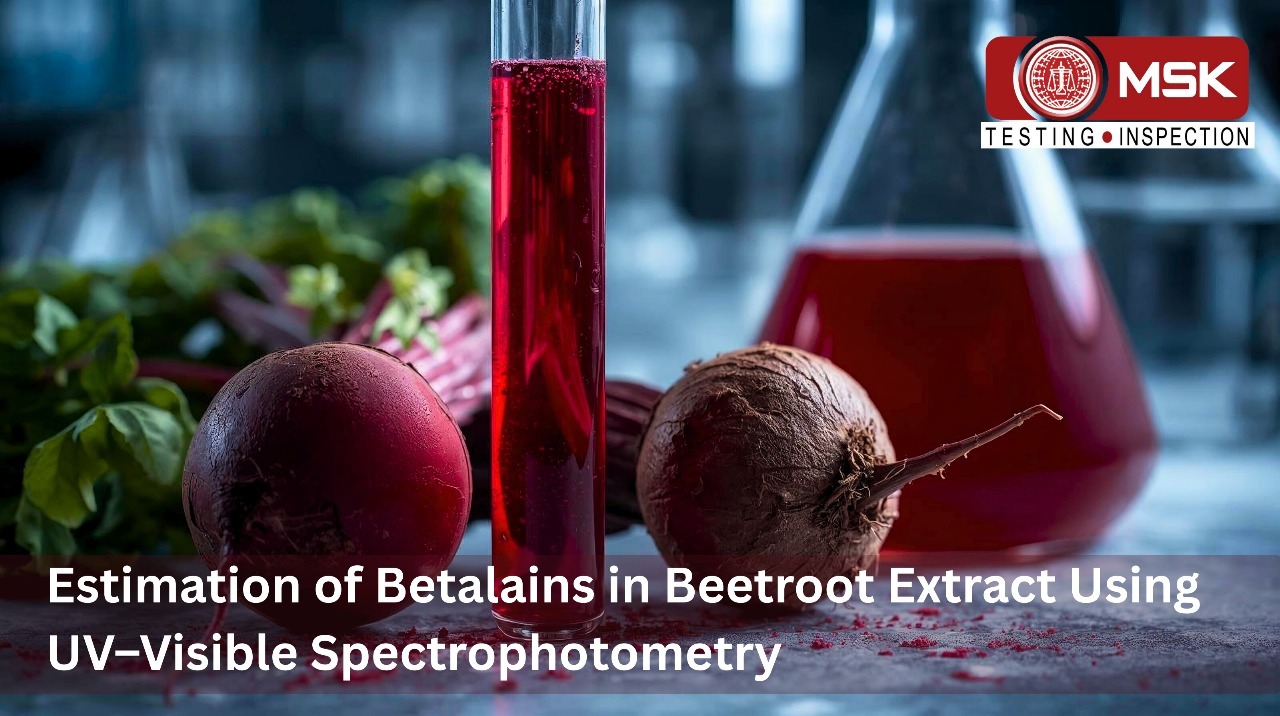
Posted on November 12 2025 By Mitra S.K ADMIN

Posted on September 23 2025 By Mitra S.K ADMIN
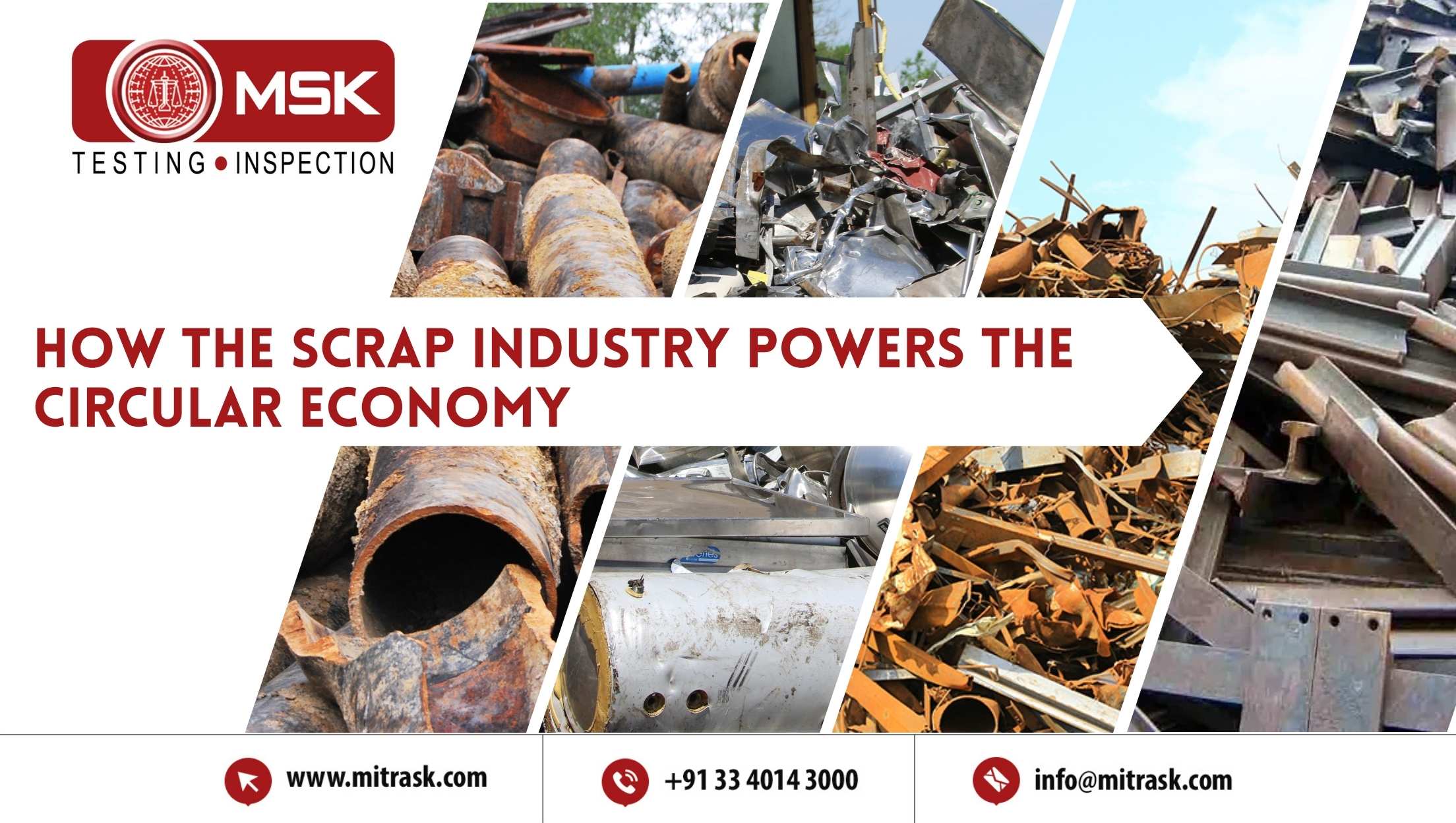
Posted on August 01 2025 By Mitra S.K ADMIN
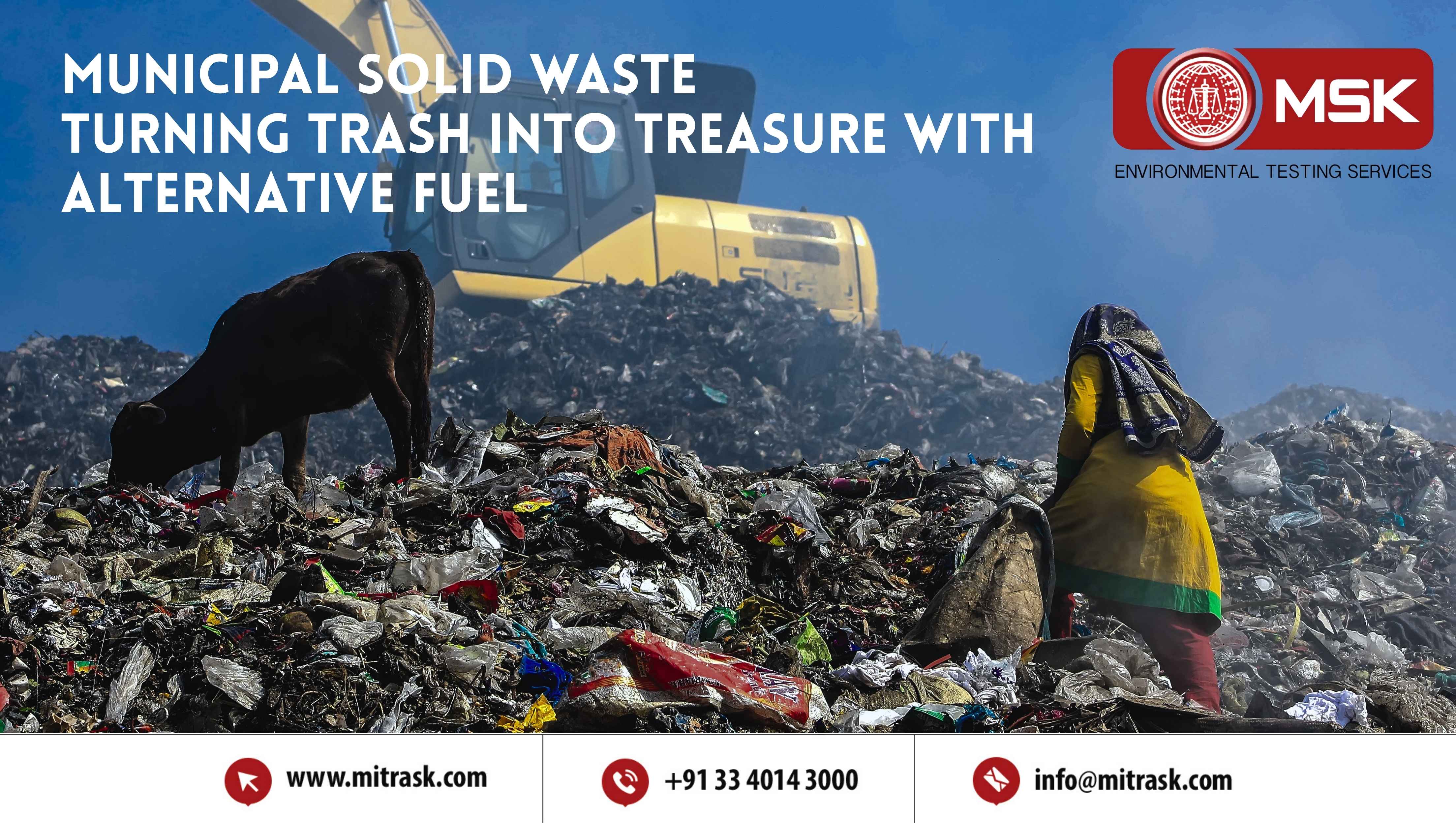
Posted on July 25 2025 By Mitra S.K ADMIN

Posted on July 18 2025 By Mitra S.K ADMIN

Posted on July 01 2025 By Mitra S.K ADMIN

Posted on May 22 2025 By Mitra S.K ADMIN

Posted on January 24 2025 By Mitra S.K ADMIN

Posted on January 24 2025 By Mitra S.K ADMIN
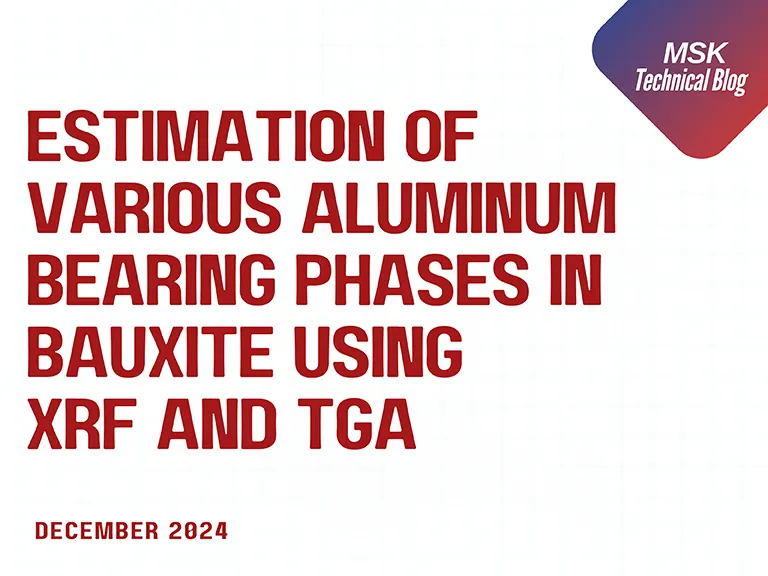
Posted on December 31 2024 By Mitra S.K ADMIN
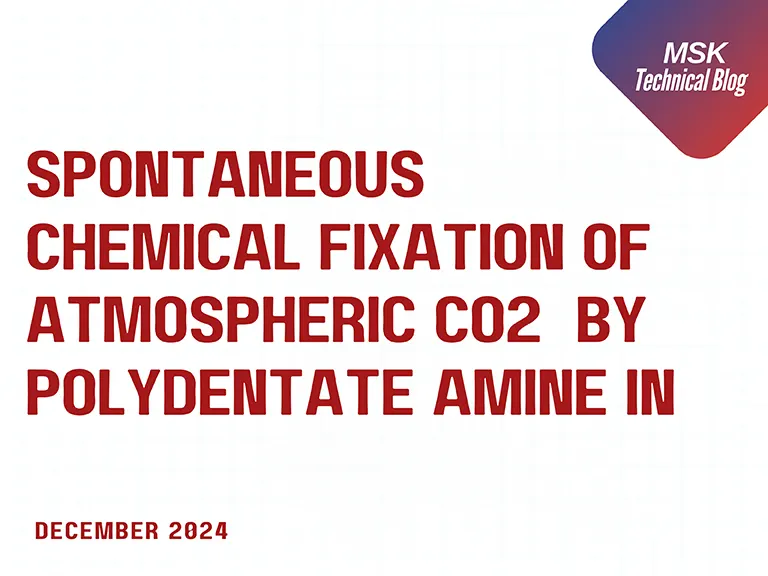
Posted on December 31 2024 By Mitra S.K ADMIN

Posted on December 31 2024 By Mitra S.K ADMIN
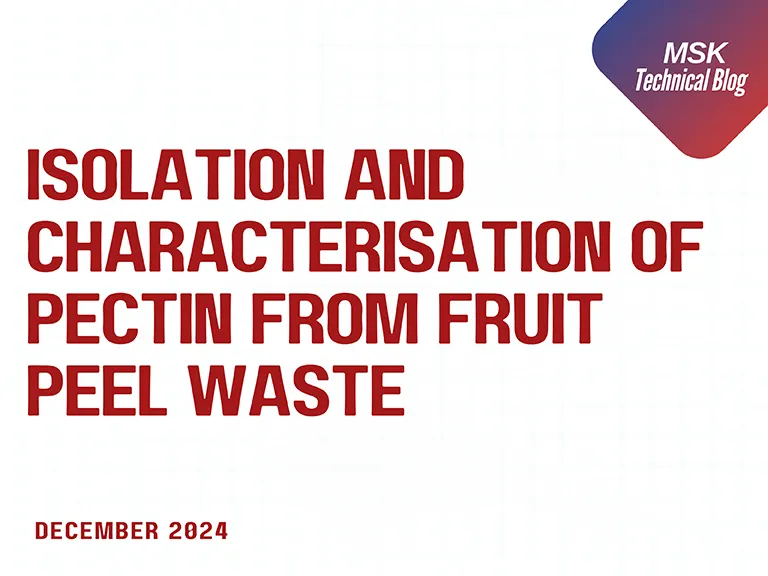
Posted on December 31 2024 By Mitra S.K ADMIN
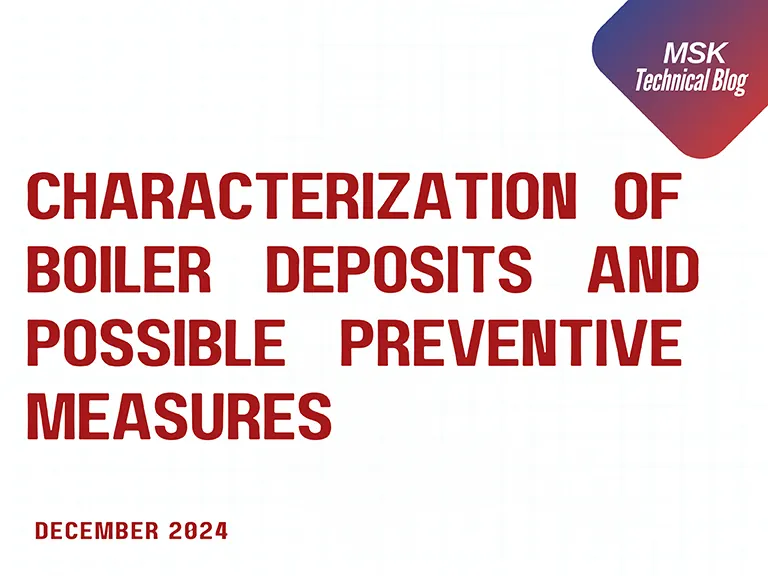
Posted on December 31 2024 By Mitra S.K ADMIN
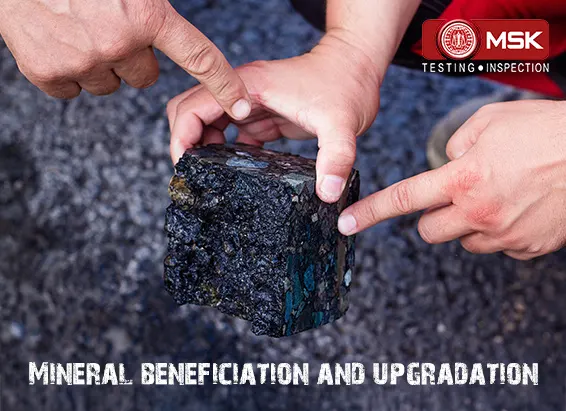
Posted on December 03 2024 By Mitra S.K ADMIN

Posted on October 17 2024 By Mitra S.K ADMIN

Posted on October 04 2024 By Mitra S.K ADMIN
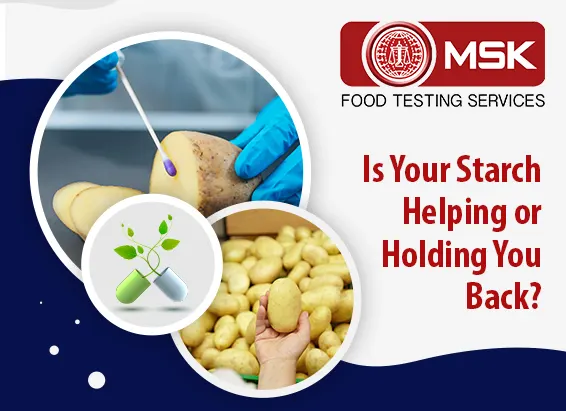
Posted on September 13 2024 By Mitra S.K ADMIN

Posted on August 27 2024 By Mitra S.K ADMIN

Posted on August 23 2024 By Mitra S.K ADMIN

Posted on June 27 2024 By Mitra S.K ADMIN
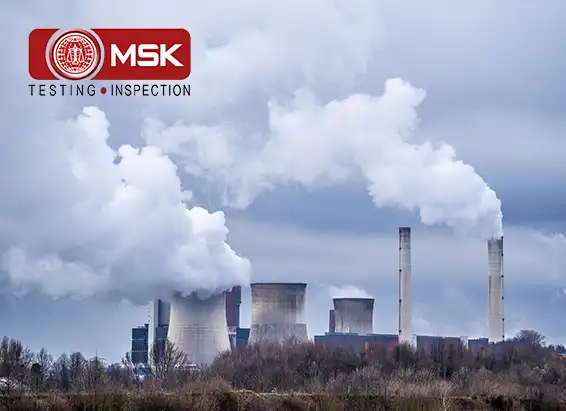
Posted on June 22 2024 By Mitra S.K ADMIN
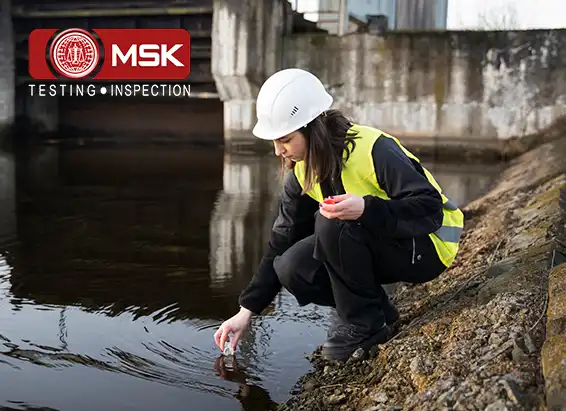
Posted on June 15 2024 By Mitra S.K ADMIN

Posted on May 24 2024 By Mitra S.K ADMIN

Posted on May 17 2024 By Mitra S.K ADMIN

Posted on May 09 2024 By Mitra S.K ADMIN

Posted on April 20 2024 By Mitra S.K ADMIN
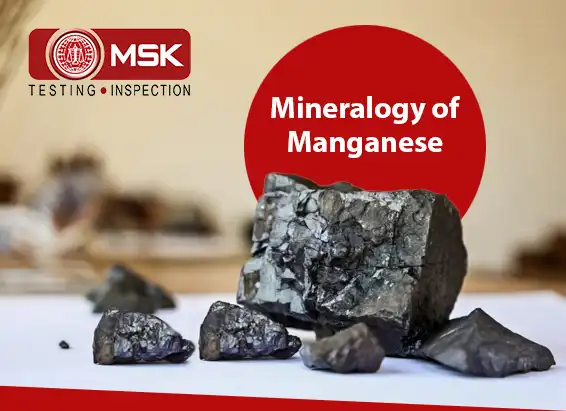
Posted on April 13 2024 By Mitra S.K ADMIN

Posted on April 30 2024 By Mitra S.K ADMIN

Posted on April 29 2024 By Mitra S.K ADMIN
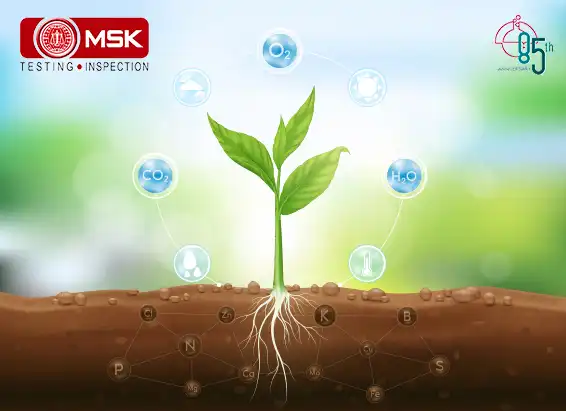
Posted on December 30 2023 By Mitra S.K ADMIN
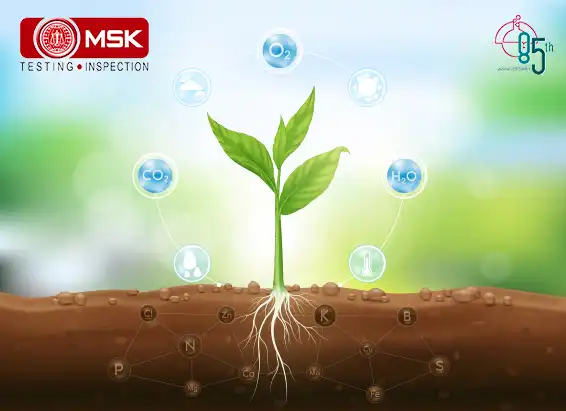
Posted on December 30 2023 By Mitra S.K ADMIN
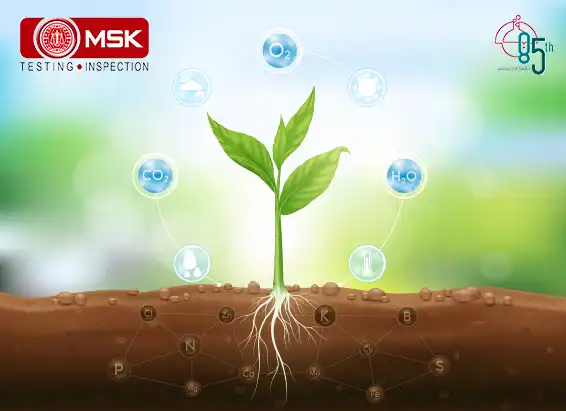
Posted on December 30 2023 By Mitra S.K ADMIN
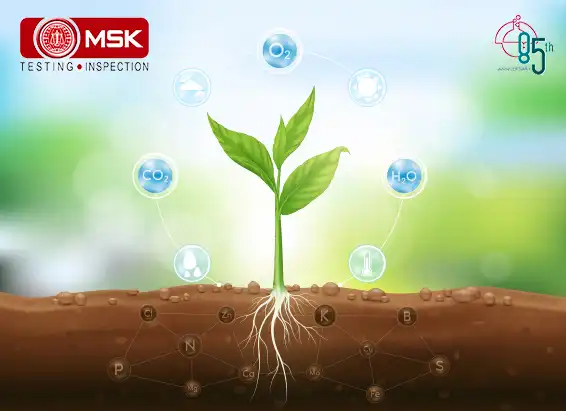
Posted on December 27 2023 By Mitra S.K ADMIN
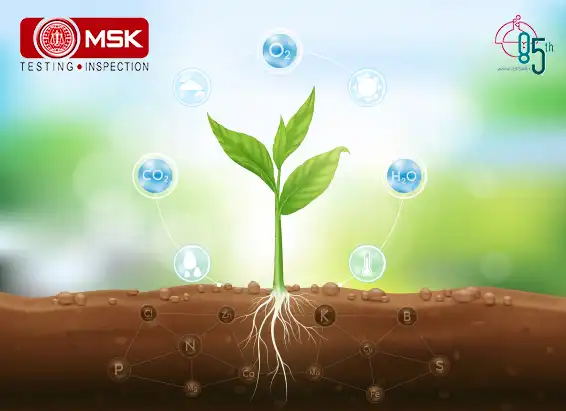
Posted on December 27 2023 By Mitra S.K ADMIN

Posted on December 27 2023 By Mitra S.K ADMIN
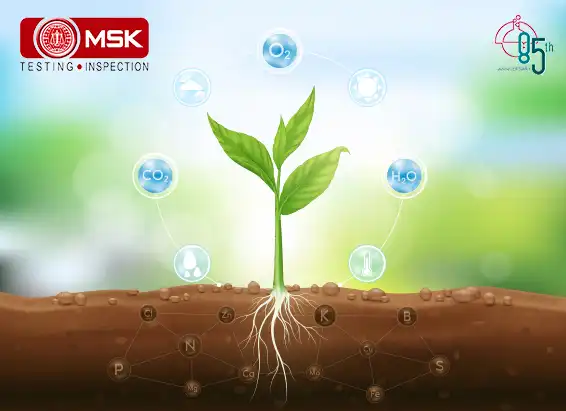
Posted on December 27 2023 By Mitra S.K ADMIN
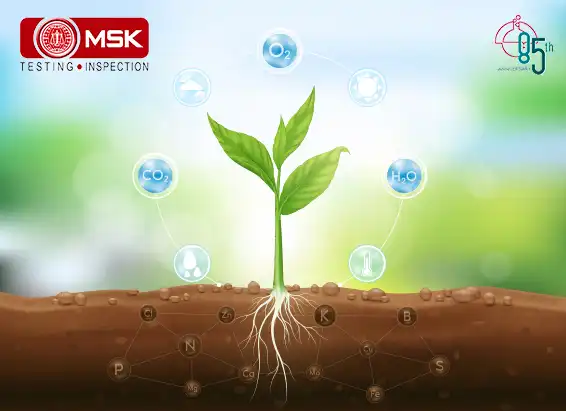
Posted on December 27 2023 By Mitra S.K ADMIN
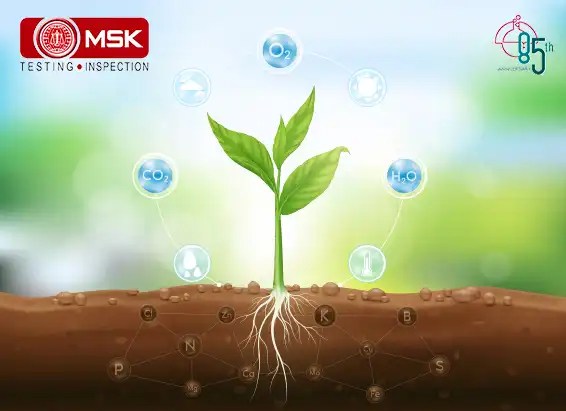
Posted on December 27 2023 By Mitra S.K ADMIN
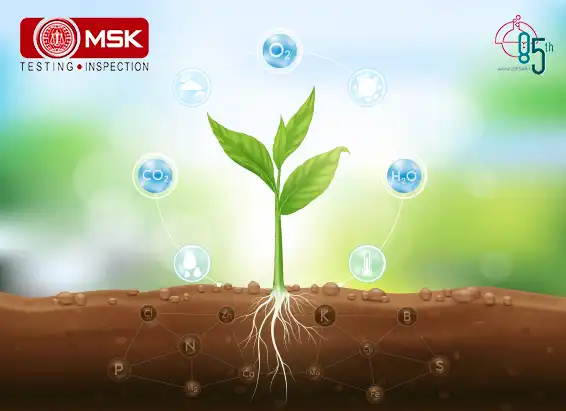
Posted on December 27 2023 By Mitra S.K ADMIN
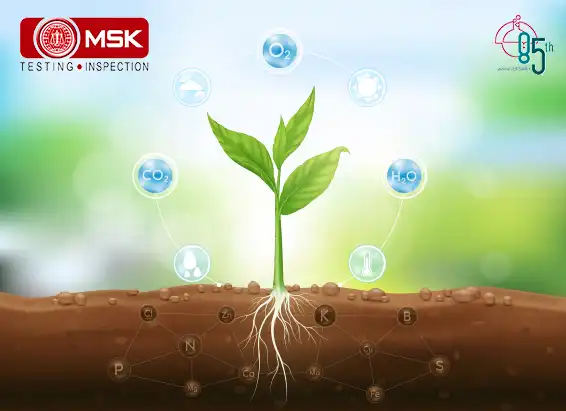
Posted on December 26 2023 By Mitra S.K ADMIN
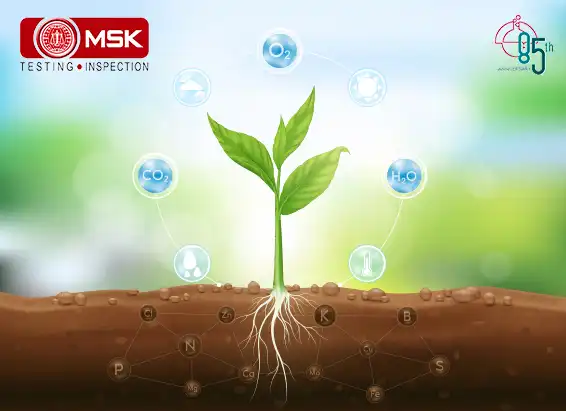
Posted on April 05 2022 By Mitra S.K ADMIN
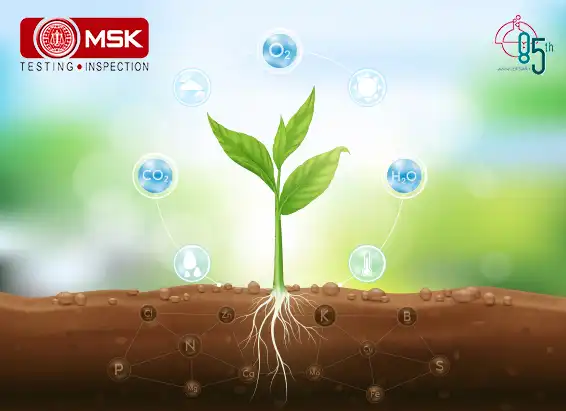
Posted on April 06 2022 By Mitra S.K ADMIN
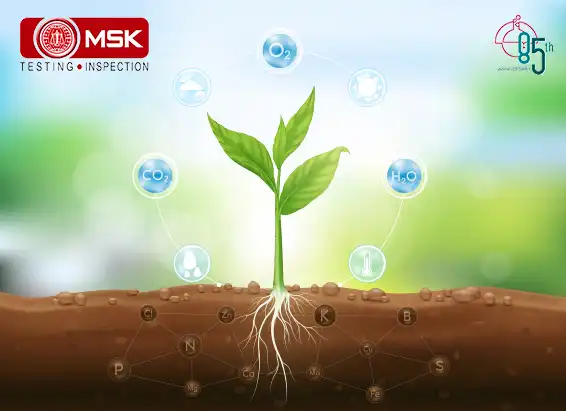
Posted on April 06 2022 By Mitra S.K ADMIN
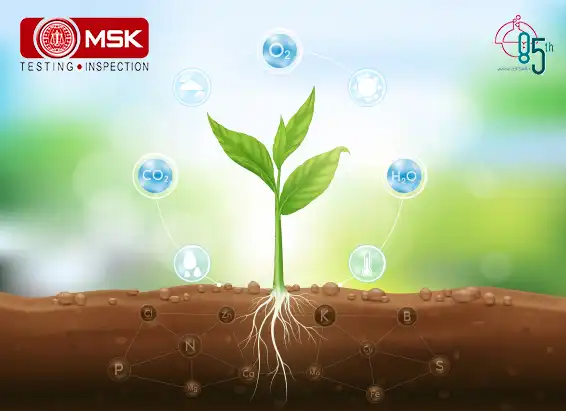
Posted on April 06 2022 By Mitra S.K ADMIN
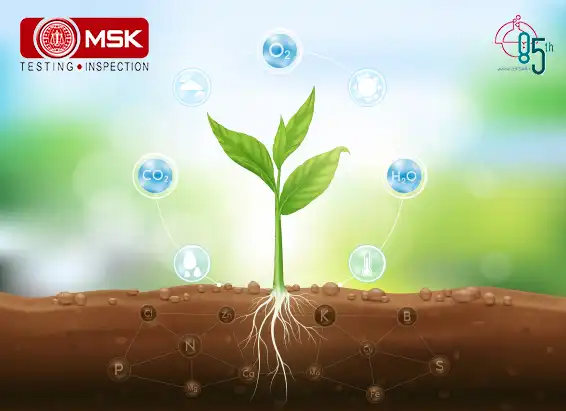
Posted on April 06 2022 By Mitra S.K ADMIN
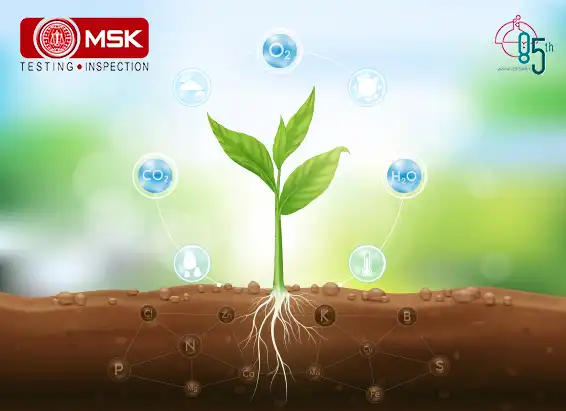
Posted on April 06 2022 By Mitra S.K ADMIN
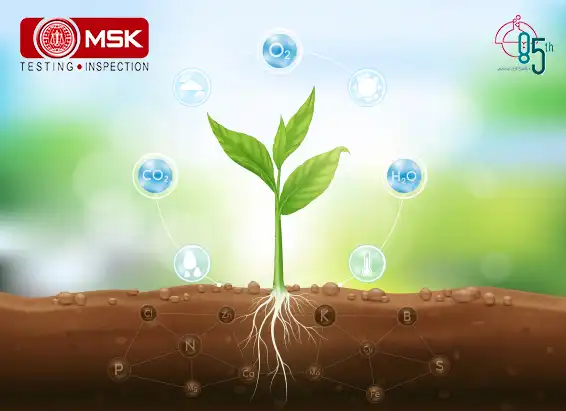
Posted on April 06 2022 By Mitra S.K ADMIN
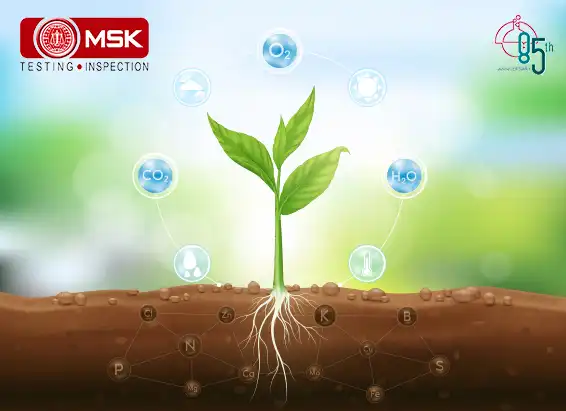
Posted on April 06 2022 By Mitra S.K ADMIN
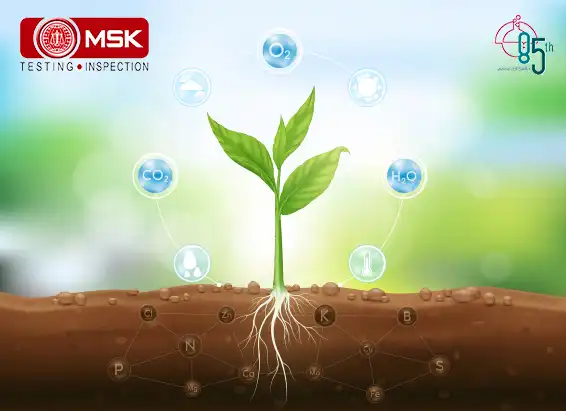
Posted on April 06 2022 By Mitra S.K ADMIN
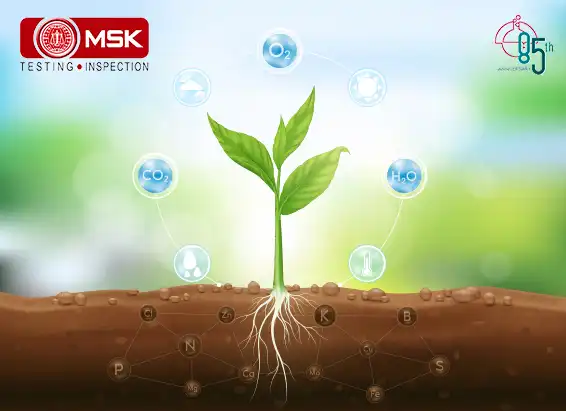
Posted on April 06 2022 By Mitra S.K ADMIN
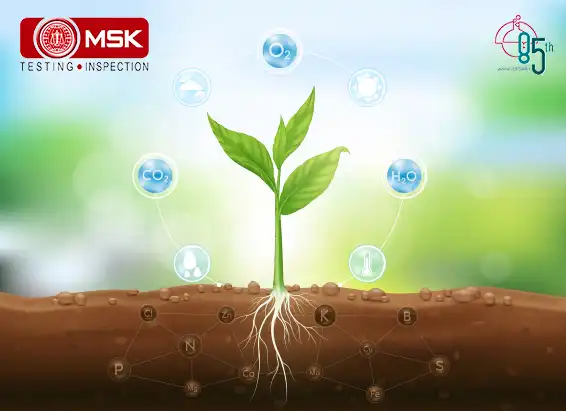
Posted on April 06 2022 By Mitra S.K ADMIN
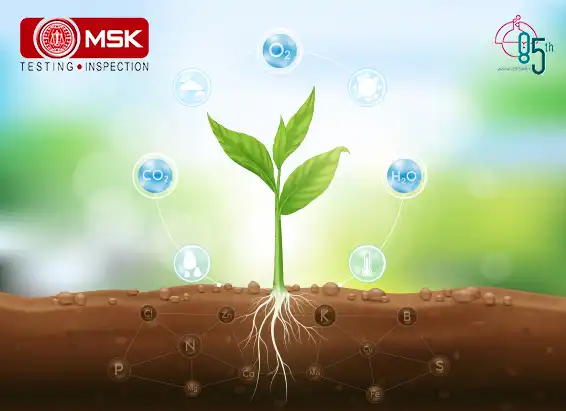
Posted on April 06 2022 By Mitra S.K ADMIN
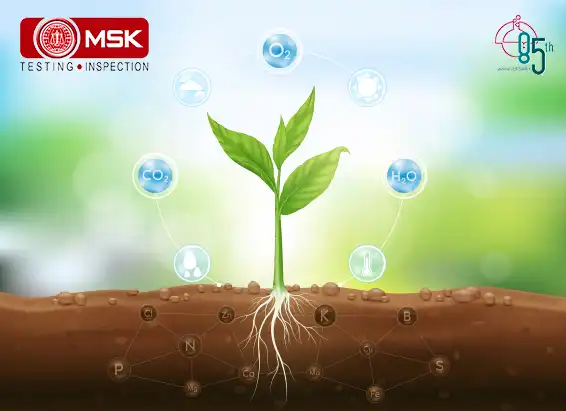
Posted on April 06 2022 By Mitra S.K ADMIN
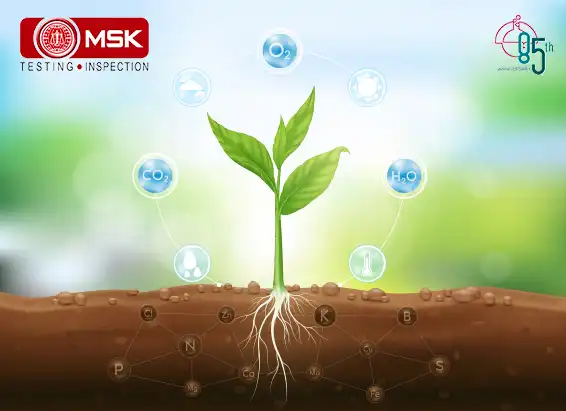
Posted on November 28 2022 By Mitra S.K ADMIN
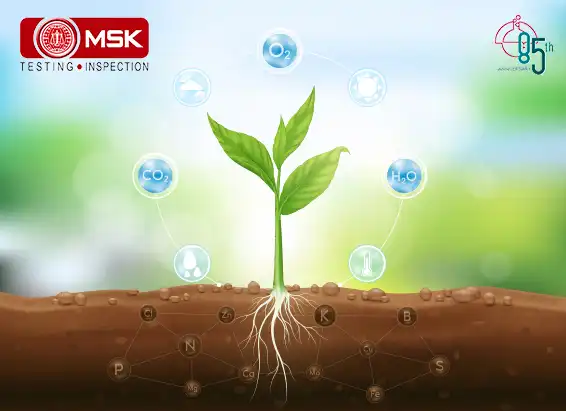
Posted on April 06 2022 By Mitra S.K ADMIN
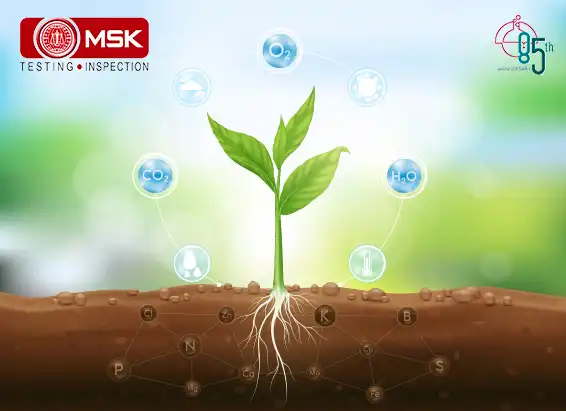
Posted on April 06 2022 By Mitra S.K ADMIN
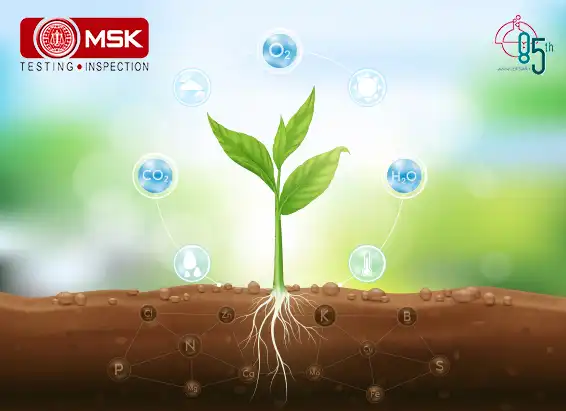
Posted on April 06 2022 By Mitra S.K ADMIN
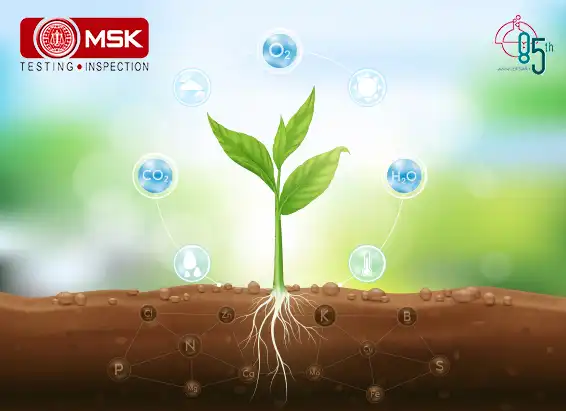
Posted on November 28 2022 By Mitra S.K ADMIN
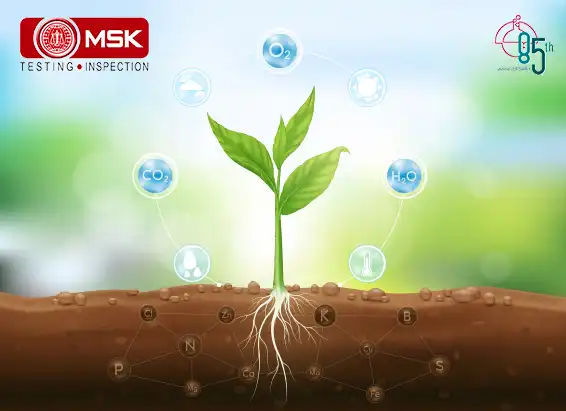
Posted on June 14 2022 By Mitra S.K ADMIN

